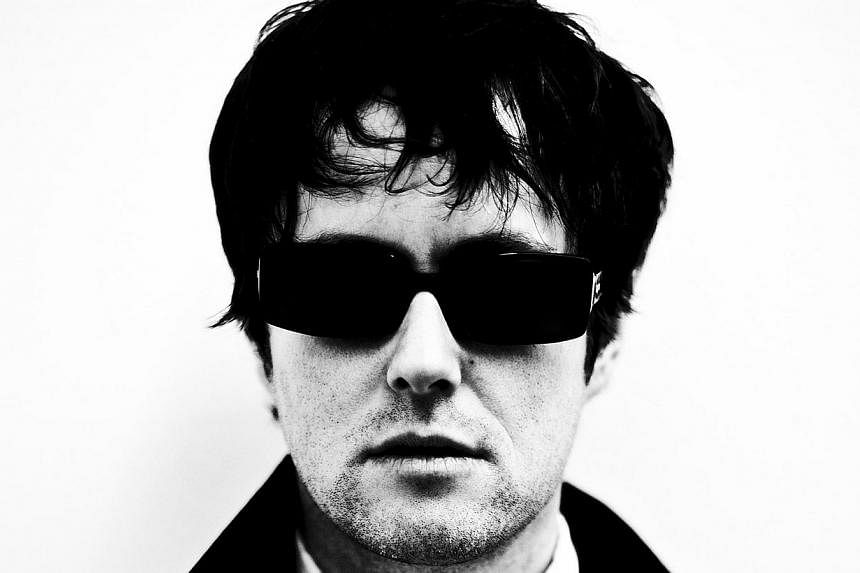It would be easy to think of The Voice Of The Voiceless (PG13, 85) as another social- conscience film because it deals with human trafficking and enslavement.
What makes it stand out is its stylishness.
It is seen through the eyes - and more importantly, ears - of its lead character, a hearing-impaired young woman Olga (Janeva Adena Calderon Zentz), smuggled from Guatemala into New York, where gangs put her to work selling towelettes on the subway.
The film is not just dialogue-free. Much of the environmental sounds become muffled roars or are completely muted. American film-maker Maximon Monihan, 45, says he wanted to "make a modern-day silent film".
"We wanted to make a soundscape you couldn't forget, capturing the vibratory levels that many hearing impaired people can experience. And we did a lot of research to approximate something at least close to reality for our character, that would also make the audience feel like they were really in her headspace," he says in an e-mail interview from his home base in Brooklyn.
The film is in black and white, with extensive use of unorthodox editing techniques to show the passage of time. Colour appears in spurts, in flashbacks.
"I wanted to create a world deeply rooted in the type of things that regretfully happen every day, but tell these stories with all the magical tools cinema has to offer. Some people might think it's messy to do something like this, but I find beauty in messed-up things," he says.
For years, the former professional skateboarder and self-taught film-maker noticed the presence of towelette peddlers on the subway. One day, they disappeared.
Then, an article in The New York Times described the operation. Recruiters roamed Mexico and Guatemala, pretending to represent an organisation giving free room, board and education to the hearing-impaired. Those who fell for the con were were taken to New York, imprisoned in dormitories and made to sell towelettes. The victims were physically and sexually abused.
What struck Monihan was not just the audacity of the operation, but that it relied on the indifference of New Yorkers to flourish.
Slavery was happening "right in front of everyone's faces, for years on end, only to have people dismiss it or be indifferent to it," he says.
He turned that feeling of shock into a film, fleshing out a script with news reports from Central America and interviews with victims.
Working with a "budget of zero dollars", he shot it in New York and Guatemala guerilla style - "no permits, no permission, no apologies".
Actress Calderon Zentz peddled towelettes to unsuspecting subway passengers, while the crew filmed discreetly. To get attention, she did an awkward dance, which seemed to work.
"At first, we were worried that we might have to use plants, but lots of random people gave her money. And after we got the shot, we'd try to give the money back. 'See. Camera. We're making a film. Can you sign a release? Here's your money back'.
"And the craziest thing is that, time and again, people would refuse to take the money back, saying, 'Oh no, she needs it more than me. She should keep it'," he says.
The Voice Of The Voiceless screens at The Projector (Golden Mile Tower, Level 5) on Sunday at 2pm.



